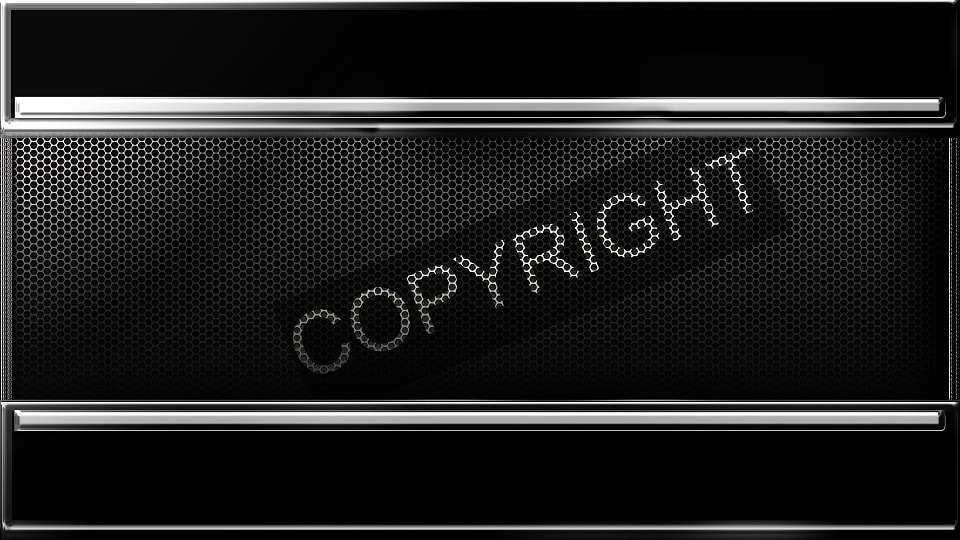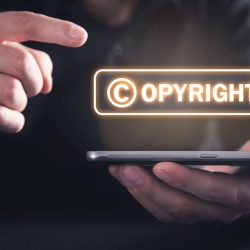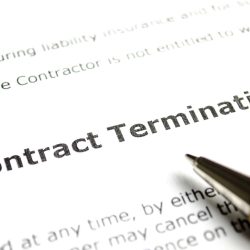Every so often the question arises, “how much of a copyrighted work can I use? I heard if it was less than 30%, I am okay.”
I am sure I am not the only attorney who has heard this and I am sure it makes us all cringe–if only the law was so simple.
The initial problem with this assumption is that how do you determine what “30%” of a work is? Do you measure it in size? Maybe depth? Geometric volume? Length?
Copyright law is much more nuanced than providing such a bright line rule as “so long as you use less than 30% of a work, you are good.” Instead, courts look to their trusted methodology of balancing various factors when determining if a work constitutes “fair use.”
The Four Factors of Fair Use
Under the fair use doctrine, courts look at the following four factors when asked to decide whether a work considered violates someone’s copyright:
- (1) the purpose and character of the use, including whether the use was commercial in nature and whether the use was transformative;
- (2) the nature of the copyrighted work;
- (3) the amount and substantiality of the portion of the work used; and
- (4) the effect of the use on the potential market for the work.
So, when creating your next masterpiece, please let go of this idea of your safe as long as you use less than 30% of another person’s (or company’s) artwork and refer to the above factors instead. And when in doubt, you should think about licensing the right to use the work in your piece or at least reaching out to an attorney for a second opinion.
To read more about how the fair use doctrine has recently been applied, please read this great article published by Loeb & Loeb attorneys Neis Strauss and Ava Badiee, titled “Dr. Seuss Enterprises, L.P. v. ComicMix LLC”.





